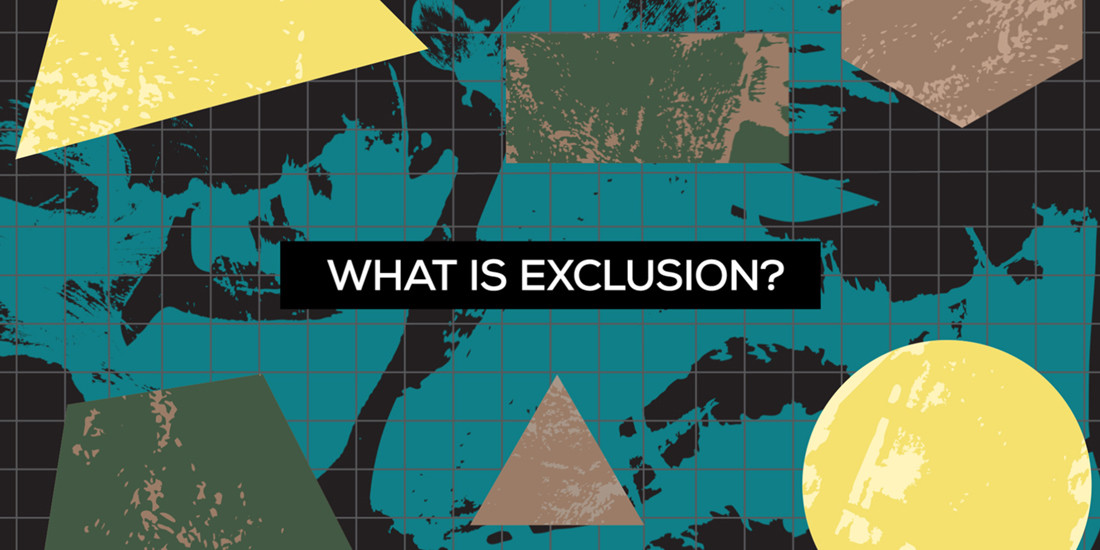
In Part 1 of this series, we defined inclusive design as the process to reach the goal of accessibility. Now, let’s take a closer look at exclusion: what it is, how to recognize it, and how to design around it.
Video Transcript
The Power of Inclusive Design
Part 2: Designing around exclusion
In Part 1 of this series, we defined inclusive design as the process to reach the goal of accessibility. Now, let’s take a closer look at exclusion: what it is, how to recognize it, and how to design around it.
To begin: what is exclusion?
Inclusive design honors the full range of human diversity and works toward the greatest involvement of everyone to the greatest extent.
Exclusion is any condition that precludes someone from participating in a particular interaction, activity, or experience. In practical terms, exclusion could stem from a disability or a difference in things like age or economic situation. For example, older users do not interact with computers in the same way that younger users do.
The process of inclusive design is built around recognizing exclusion. But how do you effectively recognize exclusion?
To design experiences that reach the goal of accessibility, examine what you build and see who would be excluded from using or experiencing it. Designer and author Kat Holmes calls situations like this a “mismatched interaction.” When someone tries to complete a task but is hindered by the way society currently functions, this is an exclusive design.
To better recognize exclusion, let’s take a closer look at three types of disabilities: permanent, situational, and temporary.
Permanent disabilities are those we often think of first, such as someone who is blind and cannot read written instructions.
Situational disabilities require more outside-the-box thinking to recognize. Consider someone in a loud crowd who can’t hear well trying to watch a video; videos that offer subtitles would be inclusively designed.
Temporary disabilities only exist for a short time, such as someone trying to type on a computer with one hand while one arm is in a cast.
Now that you know how to identify exclusion, let’s talk about how to design around it.
Microsoft’s inclusive design team says, “Exclusion happens when we solve problems using our own biases.” While there are formulas, activities, and toolkits that you could use to start identifying exclusion and solutions to design around it, there’s one simple tool that will benefit you above all others: empathy.
Empathy for the abilities, limitations, and feelings of others will help you better design inclusive experiences.
To examine a situation or activity from outside your own bias, ask yourself:
- What assumptions am I making about the people who use this product?
- How could this experience be improved to benefit someone with a permanent, temporary, or situational disability?
- How would users in specific situations use this product or interact with this experience?
Remember—the goal of inclusive design is not to design one thing for everyone, but instead to design a variety of ways for anyone to participate.
Next, in part 3 of this series, we’ll explore how to design outside your own idealized user.